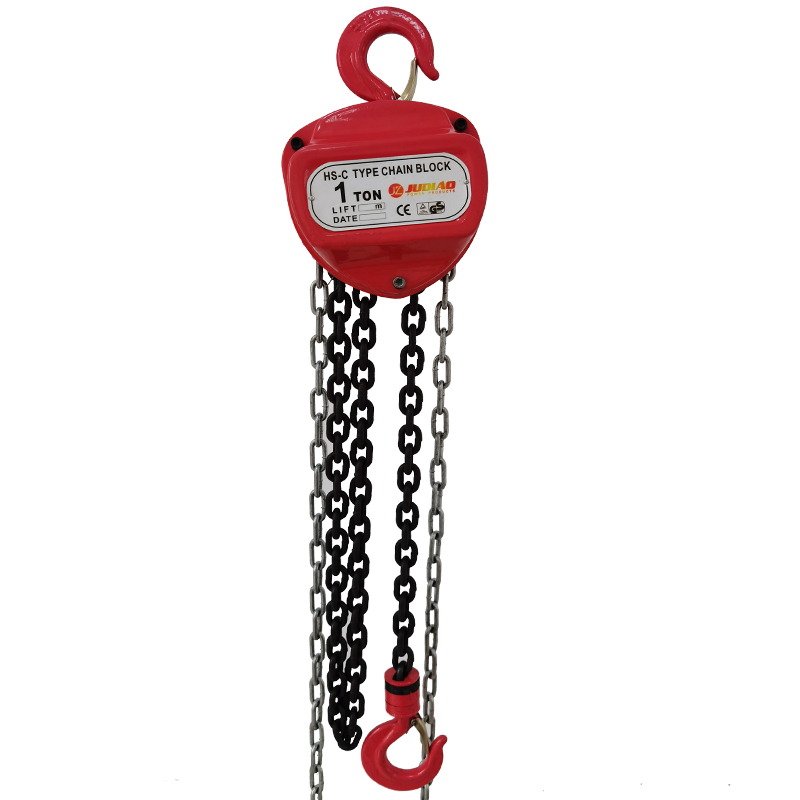


The Importance of Anti-Fall Arresters in Workplace Safety
In today's rapidly evolving work environment, safety remains a top priority for employers and workers alike. An essential component of ensuring workplace safety, particularly in construction and maintenance jobs, is the use of anti-fall arresters. These devices are designed to prevent falls from heights, which are one of the leading causes of serious injuries and fatalities in various industries. This article explores the significance of anti-fall arresters, their types, and best practices for their effective use.
Understanding Anti-Fall Arresters
Anti-fall arresters, often referred to as fall protection systems, are mechanisms that help to catch or stop a worker in the event of a fall. They are crucial for tasks performed at heights, such as roofing, scaffolding, and working on ladders. When a worker slips or trips, these devices activate to prevent a serious injury, enabling them to remain suspended until they can be safely rescued.
Types of Anti-Fall Arresters
There are several types of fall arrest systems, each suited for different environments and applications. The most common types include
1. Full Body Harnesses These are worn by workers and are designed to distribute the force of a fall across the body. Full body harnesses often include a D-ring at the back, which connects to a lanyard.
2. Lanyards These are flexible lines that connect a harness to an anchor point. They can be shock-absorbing or non-shock-absorbing, with the former providing more protection by extending on impact to reduce the force on the body.
3. Self-Retracting Lifelines (SRLs) These devices automatically adjust as the worker moves, providing freedom of movement while still ensuring fall protection. In the event of a fall, SRLs lock and arrest the fall almost instantaneously.

4. Guardrails While not a personal fall arrest system, guardrails provide a passive safety measure to prevent falls altogether. They are commonly used on rooftops and near elevated platforms.
Best Practices for Using Anti-Fall Arresters
To maximize the effectiveness of anti-fall arresters, several best practices must be adhered to
1. Regular Inspections All fall protection equipment should be routinely inspected for any signs of wear, damage, or malfunction. This ensures the gear remains effective and safe for use.
2. Proper Training Workers should receive comprehensive training on how to use fall arrest systems. This includes understanding the components, the correct way to don a harness, and how to perform rescue operations in case of a fall.
3. Clear Communication Establishing clear communication lines among team members is crucial, especially when working at heights. Everyone should be aware of the safety measures in place and be able to alert others in case of an emergency.
4. Utilizing Anchor Points Ensuring that the anchor points used for securing the fall arrest systems are stable, durable, and appropriately rated for the job is vital. The structural integrity of these points can greatly affect the system's performance during a fall.
Conclusion
The use of anti-fall arresters is a critical aspect of workplace safety, particularly in industries involving work at heights. By understanding the different types of fall protection systems and adhering to best practices, employers can significantly reduce the risk of workplace accidents and injuries. Investing in proper fall protection measures not only safeguards employees but also enhances overall productivity and morale within the workforce. As safety regulations continue to evolve, it is imperative for businesses to remain proactive in their commitment to fall protection and worker safety.



